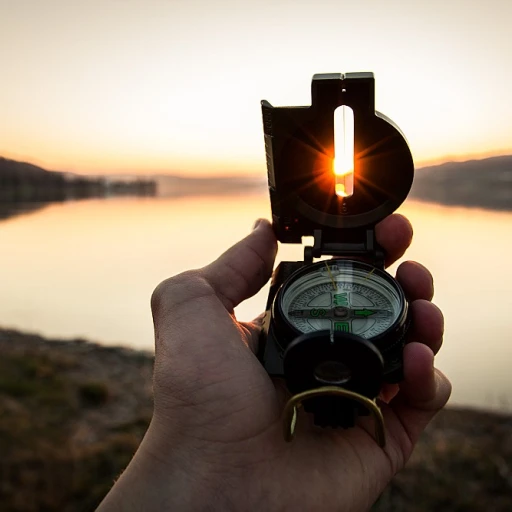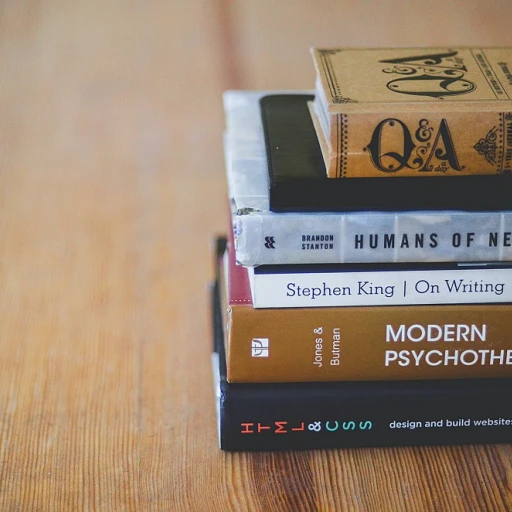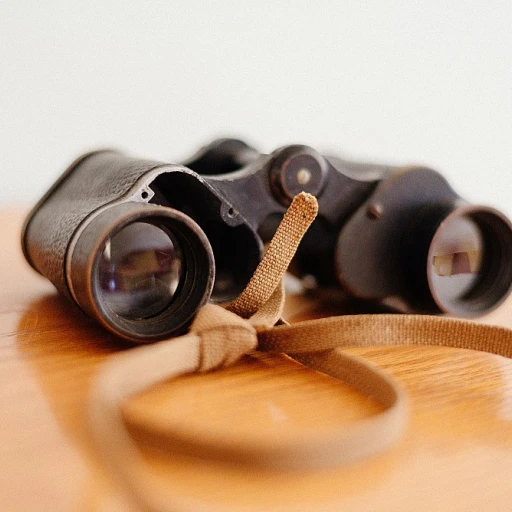
Understanding the Importance of Self-Monitoring in Learning
Embracing the Role of Self-Monitoring in Education
In the quest for academic success, students often encounter numerous hurdles. As they navigate their education journey, the concept of self-monitoring becomes an essential tool. Self-monitoring empowers students to take control of their learning experience by consciously tracking their own behaviors, thoughts, and emotions. This process is crucial in enabling students, including those in special education programs or those with learning disabilities, to achieve better work completion and improve their overall performance. Self-monitoring is not just about paying attention to what is being learned but also involves acknowledging how learning occurs. By developing a personalized monitoring checklist, students can ensure more effective learning and track their progress efficiently. Teachers, on the other hand, can assist students in crafting these checklists, thus providing a means to monitor behavior and tailor educational support to individual needs. The discipline involved in consistent self-monitoring encourages better self-awareness and helps students to become more accountable for their learning. Through careful observation and reflection, students not only enhance their educational outcomes but also gain valuable insights into their academic habits and decisions, leading to improved behavior self-regulation. For those interested in exploring the implementation of self-monitoring tools in educational settings, understanding how to create a checklist is a pivotal first step. This involves identifying key components that align with student-specific needs and classroom dynamics, all of which can enhance the learning experience in schools. Acknowledging the multiplicity of benefits self-monitoring offers, educators and students alike are encouraged to embrace this strategy. For further insights into managing educational projects that support these tools, consider visiting this link. As the educational landscape continues to evolve, embracing methods that foster independent learning remains imperative for students and teachers, ensuring that learning journey improvements are both achievable and sustainable.Creating an Effective Self-Monitoring Checklist
Crafting a Personalized Tool for Academic Success
Creating a self-monitoring checklist is akin to building a personalized tool tailored to assist students in navigating their educational journey. This strategic process begins by identifying the core elements that will support and elevate one's ability to effectively self-monitor. An effective checklist acts as a guide, allowing students to track their own learning progress and behavior in a structured manner. Here are some critical steps and considerations that can be integrated into the process of creating monitoring checklists:- Identify Objectives: It's vital to establish clear objectives for what the checklist will address. Consider areas such as school assignments, work completion, paying attention in class, and self awareness.
- Adapt to Individual Needs: Keep in mind that no two students are alike. Tailor the checklist to accommodate specific needs, particularly for those with learning disabilities or special education needs. This might involve including prompts or cues for certain behaviors that need monitoring.
- Incorporate Measurable Elements: Ensure the checklist includes measurable elements that help students track their progress over time. This can include notes on homework completion, participation in class, or even attendance. Adding behavioral tasks to monitor behavior in class or during school counseling sessions is also beneficial.
- Foster Active Participation: Encourage students to be actively involved in the checklist creation to enhance their commitment and self monitoring capabilities. This ownership can increase their awareness of educational responsibilities and behaviors.
- Reevaluate and Update: The checklist should not be static; it requires regular updates to reflect the student's current academic status and goals. Adjust it based on feedback and data collected during its use, helping students track their ongoing development efficiently.
Key Components of a Self-Monitoring Checklist
Essential Elements for Effective Monitoring
Creating a self-monitoring checklist requires careful consideration of various components to ensure it effectively supports students in their learning journey. The checklist should be designed to help students track their progress, monitor behavior, and enhance their self-awareness. Here are the key components to include:
- Clear Objectives: Define what the checklist aims to achieve. Whether it's improving work completion or increasing paying attention in class, clear goals will guide the student's efforts.
- Specific Behaviors: Identify the specific behaviors or tasks that need monitoring. This could include completing class assignments, participating in discussions, or managing time effectively.
- Data Tracking: Incorporate a section for students to record their progress. This can be in the form of checkboxes, scales, or notes, allowing them to reflect on their work and identify areas for improvement.
- Frequency: Determine how often the checklist should be used. Regular use, such as daily or weekly, helps in maintaining consistency and monitoring ongoing progress.
- Feedback Mechanism: Include a space for feedback from teachers or peers. Constructive feedback is crucial for students self to adjust their strategies and improve their learning outcomes.
By incorporating these elements, the monitoring checklist becomes a powerful tool for student self assessment and growth. It's essential to remember that the checklist should be adaptable to cater to individual needs, especially for those in special education or with learning disabilities. As students use the checklist, they develop a better understanding of their behaviors and learning patterns, enabling them to become more effective learners.
For further insights on enhancing your learning journey, consider exploring how interpersonal tact can play a role in continuous learning.
Implementing the Checklist in Daily Learning Activities
Embedding the Checklist into Daily Studies
Incorporating a self-monitoring checklist into your daily learning activities can significantly enhance your self-awareness and track specific behaviors that impact educational outcomes. Employing a monitoring checklist consistently in learning environments aids both students and teachers, allowing for more effective observation of progress and behaviors.
Make it a Routine: Setting a consistent time each day to use the checklist can help students self-monitor their class assignments and work completion. This practice encourages responsibility and the development of executive functioning skills, particularly beneficial for those with learning disabilities or in special education.
Tailor to Fit the Work: Customize the checklist to fit the specific needs of your educational setting, whether it's monitoring behavior in math class or tracking attention during school counseling sessions. By allowing students track their own progress, they're able to notice patterns in their learning and adjust strategies accordingly.
Incorporate Technology: Consider digital options for implementing the checklist. Online platforms or apps can help students track data effectively, offering visual progress reports that can motivate and guide their learning journey. Involving technology might also provide teachers with easier ways to access and review students' self-monitoring data.
Remember, the ultimate goal of using a self-monitoring checklist is to foster self-regulation and student independence, paving the way for lifelong learning habits. Encouragement and feedback from educators play a crucial role in reinforcing these behaviors, helping students see the value in self-monitoring and its impact on their educational journey.












